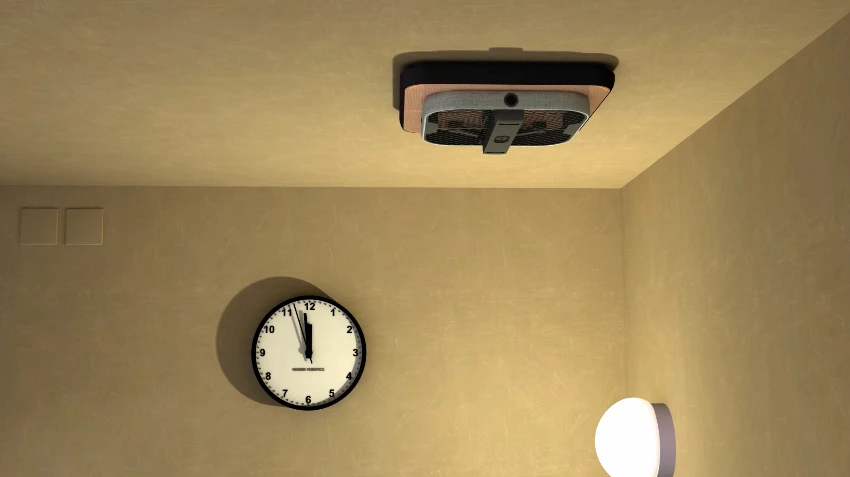Flying drones are already used to patrol outdoor areas, but indoors where GPS doesn't work? Not so much. That could be about to change, though, with the launch of the Tando system.
Developed by Israeli startup Indoor Robotics, Tando consists of three parts – the quadcopter drones, ceiling-mounted "Tiles" where the drones recharge their batteries, and an app that allows users to manage the system.
When not patrolling, each drone hangs from the underside of one of the Tiles, held in place by a patented docking mechanism. Once it's time to start making its rounds (typically after the employees have gone home for the day), the aircraft drops from the Tile and begins flying up and down the hallways, and throughout the facility.

The drones work as a cooperative fleet, with different ones covering different areas. That said, clients with smaller budgets or smaller buildings can simply use a single drone.
Utilizing both optical and thermal imaging cameras, the quadcopters continuously scan their environment in 360 degrees – even when they're docked at a Tile. Data is processed in real time utilizing artificial intelligence-based algorithms on a cloud-based server. If anomalies such as intruders, fires or unfamiliar objects are detected, the administrator of the system is notified via the app.
Instead of using GPS, the drones make their way around the facility utilizing a combination of visual navigation – in which they recognize certain landmarks – and LiDAR-like technology. "The device is basically 'seeing' the environment, and is also 'feeling' the distances and thus knows its precise location at any given time," Indoor Robotics' Chief Business Officer, Ofir Bar Levav, tells us.
Pricing for the system has yet to be announced, although Levav says that it should be considerably less expensive than more traditional alternatives such as human security guards, ground-based drones or stationary sensors.
You can see the setup in use, in the following video.
Source: Indoor Robotics




